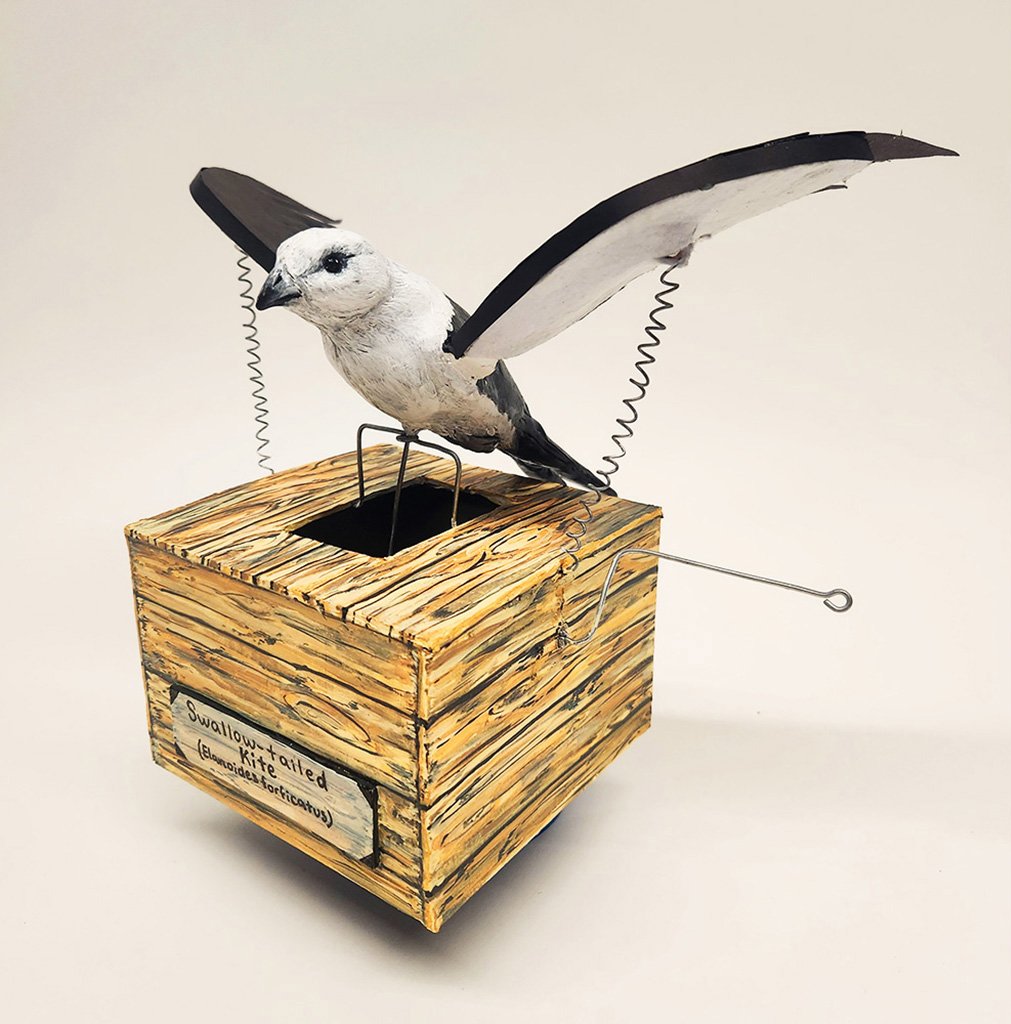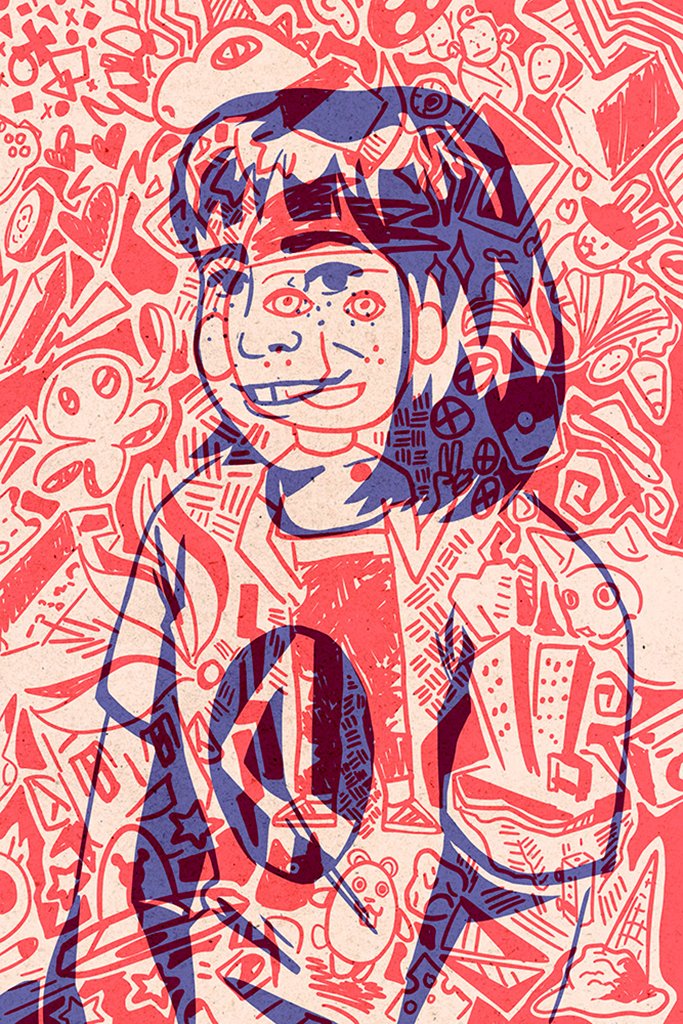He paints similar scenes repeatedly, leveraging his technical fluency to invigorate an image of, say, a street in Decatur Illinois, or a distant view of the Manhattan Bridge when it is painted for the dozenth time. His work focuses on the material quality of the paint and the ways that a painting can modulate between an industrial or architectural vista on one hand and a delicately labored object, a record of thousands of strokes, scrapes and layers of oil on the other.
JF: I paint what I know. All my scenes are from my home-town or other places I've lived and observed daily. I find it a challenge to paint the same scene multiple times and be able to bring something fresh to it each time.
Given that so much emphasis in the work is on texture and the objecthood of the painting, the work gains immensely from being seen in person. So go out and see his show (really though.)
JF: I thought I was going to be in the larger gallery so I was afraid that the 27 paintings I'm displaying were still not going to be enough to fill it sufficiently. When I found out it was in the smaller gallery, I knew the show would look fine. It's always a great learning opportunity to see your work displayed. And when it's in such a beautiful and well cared for space, it always helps bring a kind of closure to the process.
The small size gives more weight to the detail and character of his paintings, and also adds to the strength of the work's presentation; when I've had the opportunity to see John's work in person, it feels more akin to reading a series of love letters - the work is so small, it demands a real kind of intimacy, a one on one interaction with the piece that is too often forgone in contemporary art. John's work is not trying to dazzle you with gimmicks, nor is it didactic, trying to communicate any heavy handed conceptual idea. His work is honest, rich, and deeply personal.























